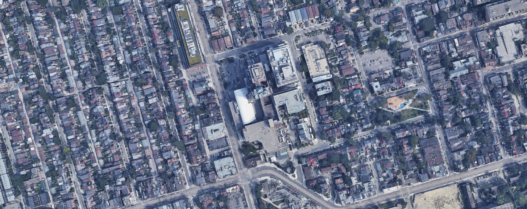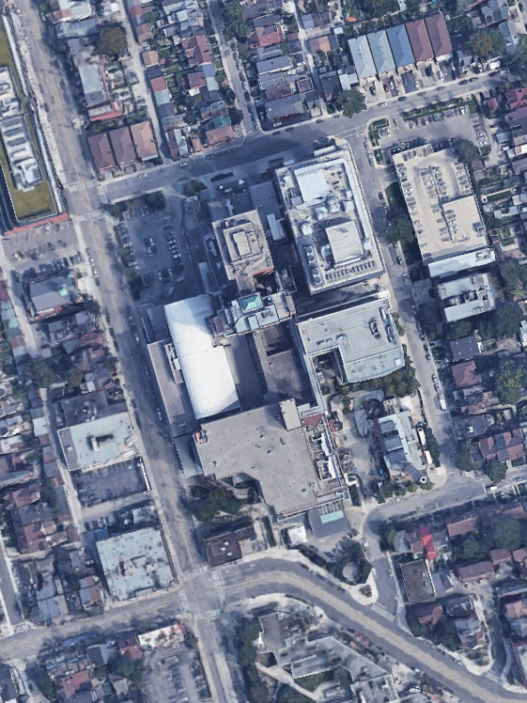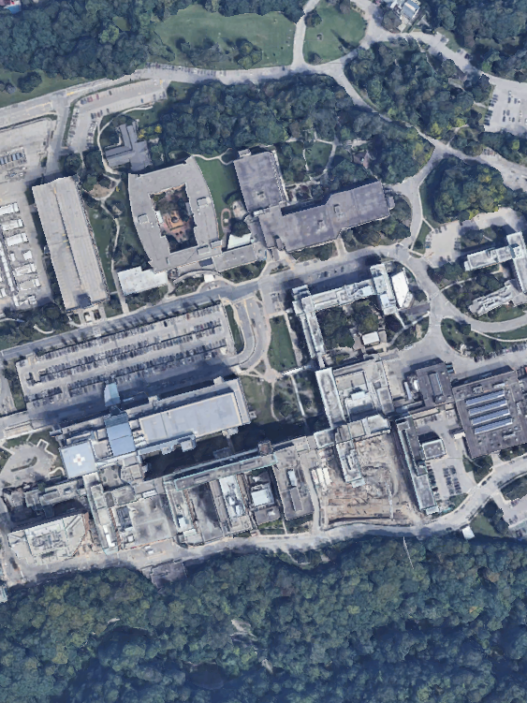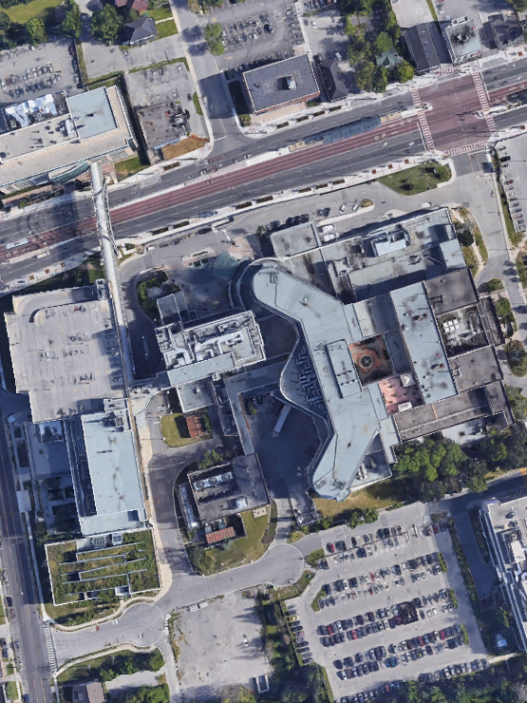Hernia surgery wait times can be long for Ontario residents. Long wait times can prolong discomfort and pain for patients, and increase the risk of complications.
⬇️ Scroll down to compare hospitals by expected wait time. Always verify the current expected wait times with your primary care physician or referred specialist.
Hernia surgery is a medical procedure to repair hernias, where an organ or tissue bulges through a weak area in the surrounding muscle or connective tissue. The purpose of the surgery is to relieve symptoms, reposition the protruded organs to the correct location, and strengthen the weakened area to prevent future occurrences.
Wait 1 is defined as the time between a patient receiving a referral from a primary care physician and their specialist consultation. Wait 2 is defined as the time between the decision to proceed with surgery and the surgery itself.
Table of Contents:
- Introduction
- Paying for hernia repair surgery in Ontario
- Ontario hospitals with shortest hernia repair surgery wait times
- Ontario hospitals with longest hernia repair surgery wait times
- Interpreting wait times & data limitations
- Advocating for better data access
Introduction
Hernia surgery is typically performed under general anesthesia, ensuring that patients are comfortable and pain-free during the procedure. In open surgery, a single large incision is made to access the hernia, while minimally invasive laparoscopic surgery involves several small incisions through which surgical instruments and a camera are inserted. The surgery usually lasts from 45 minutes to an hour, with a possible short hospital stay or same-day discharge, depending on the surgery’s complexity and the patient’s condition.
Post-operative care in Ontario emphasizes recovery and prevention of recurrence. Patients may receive instructions on activity restrictions, wound care, and signs of complications to watch for. Recovery varies by individual and surgery type, with many returning to normal activities within a few weeks. Physical therapy or exercises might be recommended to strengthen the affected area.
Paying for hernia repair surgery in Ontario
Hernia repair surgeries are typically provided at no direct cost to residents of Ontario, as they are covered by the Ontario Health Insurance Plan (OHIP).
OHIP, which is funded through provincial taxes, ensures that essential medical services are accessible to Ontarians without direct charges at the point of service.
Ontario hospitals with shortest hernia surgery wait times
Below are five top hospitals in Ontario which have the shortest hernia surgery wait times:
- 🥇 Halton Healthcare Services Corp – Georgetown Hospital has the shortest wait time at 4.6 weeks for hernia surgery in Ontario
- 🥈 Cambridge Memorial Hospital, with an average wait time of 4.9 weeks for hernia surgery, ranks second for the shortest wait time in Ontario
- 🥉 Woodstock Hospital, with an average wait time of 5.3 weeks for hernia surgery, ranks third for the shortest wait time in Ontario
- Headwaters Health Care Centre, with an average wait time of 5.4 weeks for hernia surgery, ranks fourth for the shortest wait time in Ontario
- Trillium Health Partners – Mississauga Hospital, with an average wait time of 5.9 weeks for hernia surgery, ranks fifth for the shortest wait time in Ontario
Ontario hospitals with longest hernia surgery wait times
Below are five top hospitals in Ontario which have the longest hernia surgery wait times:
- 🐌 Sunnybrook Health Sciences Centre has the longest wait time at 48.7 weeks for hernia surgery in Ontario
- 🐢 Health Sciences North – Laurentian, with an average wait time of 43.3 weeks for hernia surgery, ranks second for the longest wait time in Ontario
- 🦥 Grand River Hospital, with an average wait time of 38 weeks for hernia surgery, ranks third for the longest wait time in Ontario
- St. Mary’s General Hospital, with an average wait time of 34 weeks for hernia surgery, ranks fourth for the longest wait time in Ontario
- Peterborough Regional Health Centre, with an average wait time of 29.1 weeks for hernia surgery, ranks fifth for the longest wait time in Ontario
Interpreting wait times & data limitations
Several factors can extend the average wait times for cataract surgery in Ontario. Clinical considerations often lead doctors to delay surgeries based on a patient’s medical needs or other priorities. Additionally, patients may postpone their procedures due to personal reasons like scheduling conflicts, financial constraints, or a preference to delay treatment. The availability of hospital operating rooms also plays a critical role. These spaces are necessary for surgeries but can be scarce if occupied for other medical procedures or impacted by labor shortages. Seasonal variations further influence both room availability and staffing levels, potentially prolonging wait times during certain periods.
Conversely, average wait times can sometimes seem shorter than anticipated due to various factors. Some patients have flexible schedules, allowing them to fill slots that become available unexpectedly, thus shortening their wait. This adaptability, when averaged with others, can make overall wait times appear more favorable. Seasonality affects this dynamic as well, with certain times of the year experiencing lower demand for surgeries or increased temporary staffing, which can enhance room availability and reduce delays.
We focus on calculating wait times for Priority 4 patients because data for Priority levels 2 and 3 are typically incomplete. Surgeons, specialists, and healthcare administrators use clinical evidence to set these priority levels and target times, aiming to improve patient access and outcomes.
Furthermore, our data does not include patients who opt out of surgery after their initial consultation with a specialist.
Advocating for better data access
We are thankful for Ontario Health’s efforts in providing hospital wait times for cataract surgeries. Ontario stands out globally for its transparency in reporting hospital wait times and covers a wide array of medical procedures.
We encourage Ontario Health to expand its data reporting to include average wait times by doctor, as seen in British Columbia and Saskatchewan. This information would greatly benefit patients by allowing them to choose doctors with shorter wait times.
Readers can consider reaching out to Ontario Health to advocate for this beneficial change.
Learn wait times for other medical procedures in Ontario:















